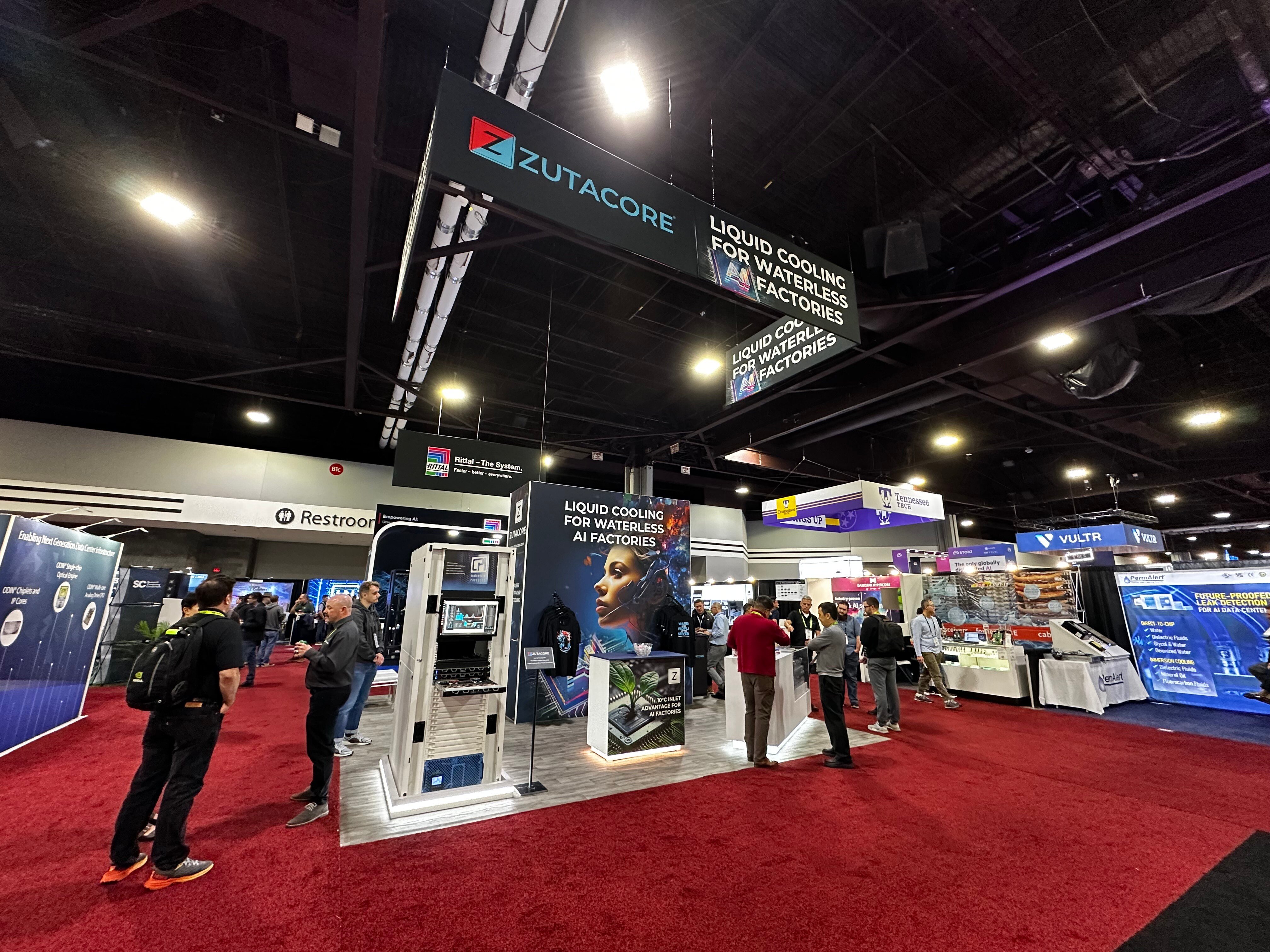2 min read
StorageReview Sees "Dramatic" Results using Two-Phase Direct-to-Chip Liquid Cooling
Calling all GPUs and CPUs!! The first independent review of waterless two-phase, direct-to-chip liquid cooling is out, and according to...
2 min read
 Alison Deane
:
Oct 21, 2024 12:41:38 PM
Alison Deane
:
Oct 21, 2024 12:41:38 PM

The rapid ascension of AI is driving data center power consumption to new heights. New AI processors, like NVIDIA’s Grace Blackwell chip, require significantly higher power and generate more heat than their predecessors. Traditional cooling systems have proven inadequate in the face of the great heat generated by today’s HPC and AI technologies.
The surge in data center power consumption shows no signs of slowing down, and it’s creating new challenges for operators who must find ways to handle the increased energy needs while maintaining efficient cooling.
Recent studies and reports from leading publications have highlighted the staggering growth in data center power usage due to the rapid expansion of AI workloads. According to a recent study from the International Energy Agency (IEA), for example, data centers worldwide already account for 1-2% of global electricity consumption, a figure that is projected to rise as AI applications become more widespread. The most recent forecast from IEA projects that “electricity consumption from data centres, artificial intelligence (AI) and the cryptocurrency sector could double by 2026.” This would be over the course of just four years (their figures cover the 2022-2026 period).
AI’s hunger for real-time data processing and intense computational power places enormous demand on electricity resources as well as generating intense heat.
The latest generation of AI chips, like NVIDIA’s Grace Hopper and Grace Blackwell processors, are examples of how AI hardware is turning up the heat. These chips are designed to deliver groundbreaking performance but also generate unprecedented temperature levels.According to NVIDIA themselves, reaching Blackwell's full potential will require switching over to liquid cooling. In a liquid-cooled configuration, NVIDIA says that the chip can put out 1,200w of thermal energy when pumping out the full 20 petaFLOPS of FP4.
Therein lies the trade-off for the performance gains: the heat generated by these chips is immense, increasing data center power requirements for both operation and cooling. As these AI chips continue to get hotter, the traditional air cooling methods that data centers have relied on for years are struggling to keep up.
The question many data center operators are now asking is: "How do you cool these new, hotter chips?" The traditional air cooling systems many data centers have in place are no longer adequate to deal with the massive heat output of the latest AI chips. And with AI applications pushing chips to their limits, efficient cooling solutions are more critical than ever.
This is where AI cooling systems are evolving. Direct-to-chip liquid cooling has become the premier solution, providing targeted cooling to these high-powered processors without relying on large-scale airflow systems. However, while water-based cooling has been a legacy liquid cooling approach, its risks—including leaks and high energy consumption—make it less than ideal for modern data centers.
To address the challenges of AI-driven data center power consumption, ZutaCore offers a game-changing solution: direct-to-chip waterless liquid cooling.
Unlike traditional air or water-based systems, ZutaCore’s HyperCool® system uses a waterless liquid cooling method that is non-conductive and operates in a closed-loop system. This system efficiently cools the hottest AI chips without the risk of leaks or hardware damage.
HyperCool is not only safer but also far more sustainable. The system uses significantly less power to cool servers, which helps offset the rising energy demands of AI data centers. It reduces energy consumption by up to 80%, making it an ideal solution for AI data center power consumption challenges.
As data centers increase their power consumption, solutions like ZutaCore’s HyperCool help operators cut energy costs, reduce downtime risks, and efficiently cool the latest AI chips. Get in touch with us today to learn more about what HyperCool can do for your operation!

2 min read
Calling all GPUs and CPUs!! The first independent review of waterless two-phase, direct-to-chip liquid cooling is out, and according to...

2 min read
All eyes were on the ZutaCore® booth at the 2024 Supercomputing Conference ( SC24.) In the weeks leading up to this show, NVIDIA’s Jensen Huang was...

2 min read
It’s a wrap for the ISC High Performance 2025 Conference and Exhibition in Hamburg, Germany…..and ZutaCore® came home with the Gold! It’s HyperCool®...